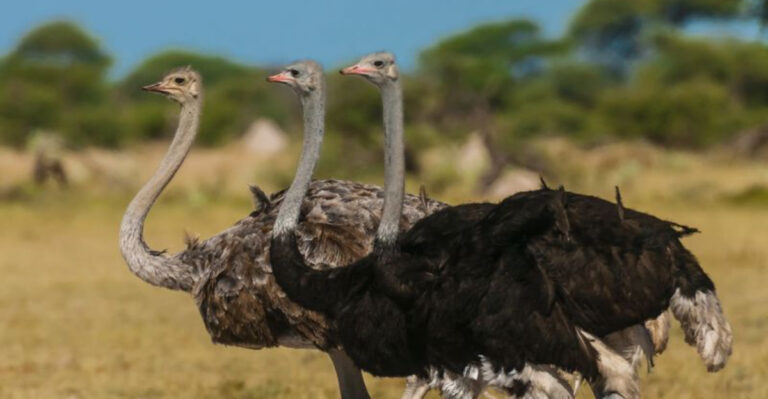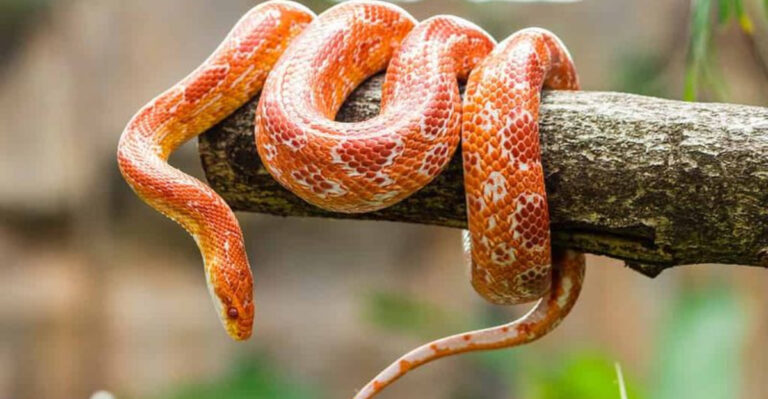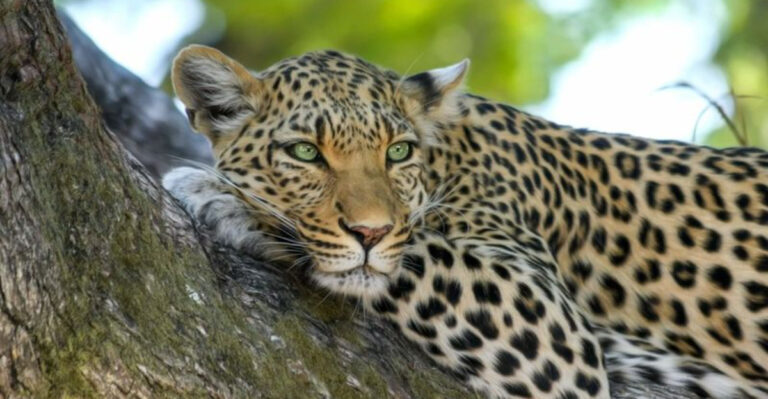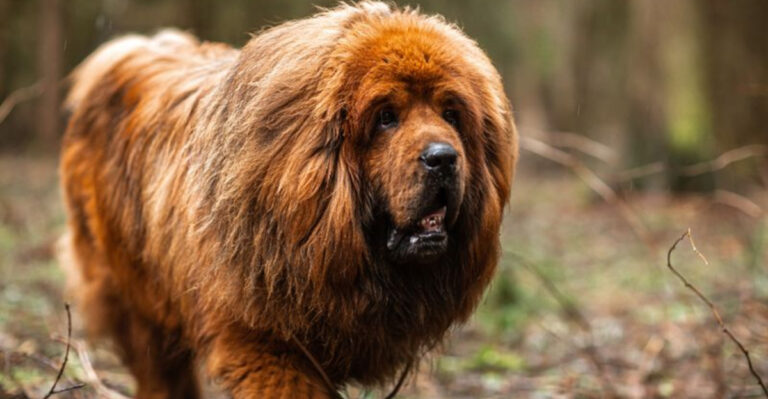18 Wild Birds Native Only To The U.S. (Why They’re So Special And Worth Protecting)

The United States is home to some remarkable bird species that can’t be found anywhere else in the world. These unique avians hold significant ecological importance, playing key roles in their respective ecosystems and captivating those who have the opportunity to observe them.
With conservation efforts underway, protecting these birds ensures the preservation of biodiversity and the natural beauty of their habitats for future generations.
1. California Condor
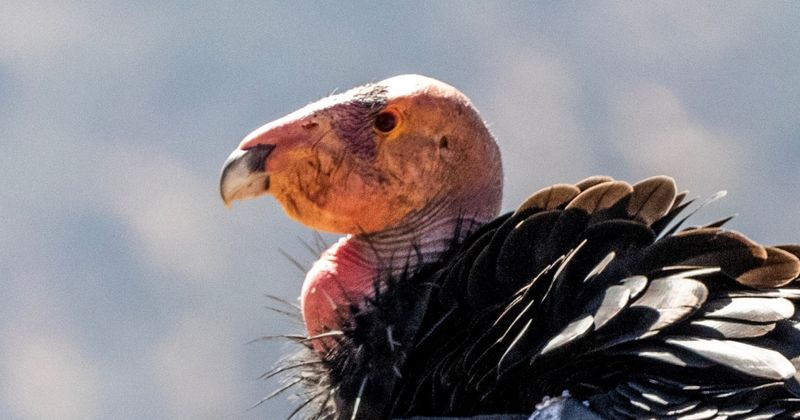
When it comes to rare birds, the California Condor takes the cake. As one of the world’s most endangered birds, its survival symbolizes hope and determination.
Conservation efforts have been key in bringing these magnificent creatures back from the brink. With a wingspan that rivals small aircraft, they glide effortlessly through the skies.
2. Kirtland’s Warbler
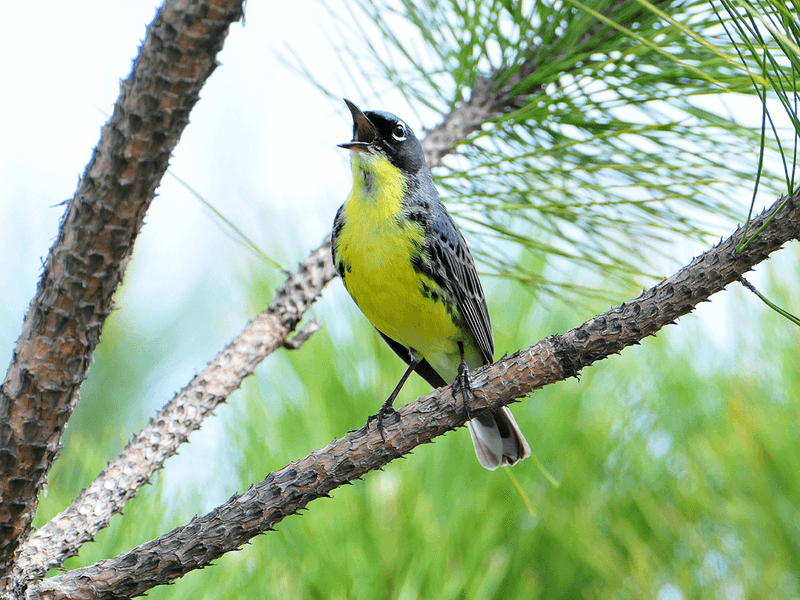
Ever heard of a bird that only nests in one type of tree? Meet the Kirtland’s Warbler! This little songbird relies exclusively on young Jack Pine forests for its breeding.
Sadly, this makes it vulnerable to habitat loss. Conservationists have been working tirelessly to manage these forests and protect the warbler’s home.
3. Florida Scrub-Jay
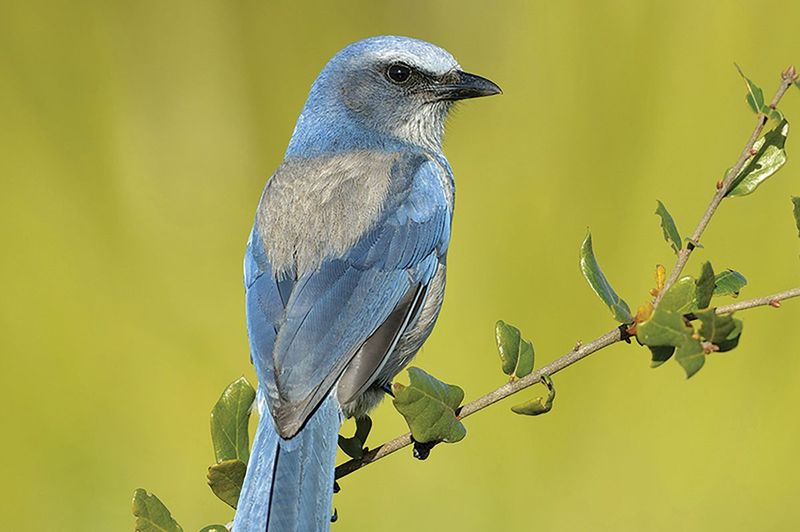
Imagine a bird that practically embodies the spirit of Florida! The Florida Scrub-Jay is the only bird species found exclusively in the Sunshine State.
This striking blue and gray bird plays a vital role in maintaining the health of its scrub habitat. It’s not just a pretty face; it helps disperse seeds and control insect populations.
4. Ivory-billed Woodpecker
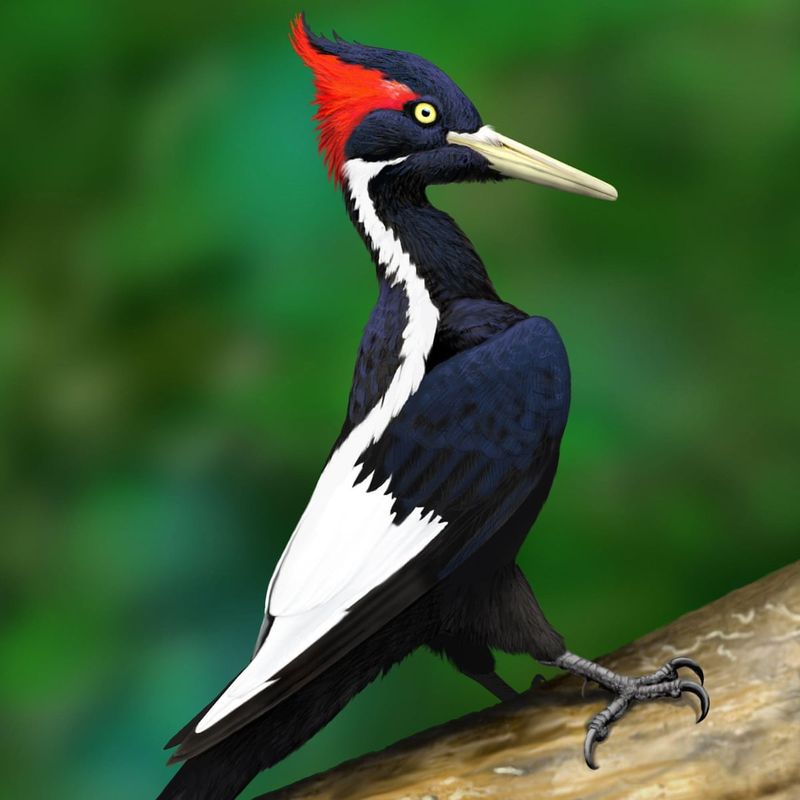
The legendary Ivory-billed Woodpecker is the stuff of birdwatchers’ dreams. Thought to be extinct, this large, striking bird has sparked countless expeditions in search of its existence.
Its large size and unique appearance make it a fascinating subject of folklore and hope. Conservationists continue to search for this elusive creature to ensure it’s not lost forever.
5. Whooping Crane

If you’ve ever seen a Whooping Crane, you know why they’re unforgettable. Towering and elegant, these cranes have made an impressive comeback thanks to diligent conservation efforts.
Their annual migration from Canada to the U.S. is a marvelous spectacle of determination and grace.
6. Piping Plover
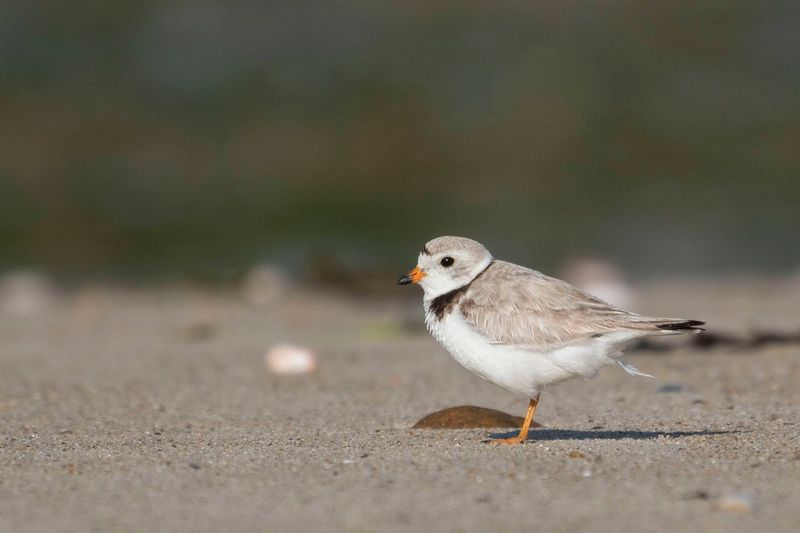
Ever seen a bird that seems to blend perfectly with the beach? That’s the delicate Piping Plover for you. These birds nest on sandy shores, making them highly susceptible to human activity.
Conserving coastal habitats is essential to prevent their numbers from dwindling further. With their petite size and charming demeanor, they remind us of the fragility of nature.
7. Black-capped Vireo
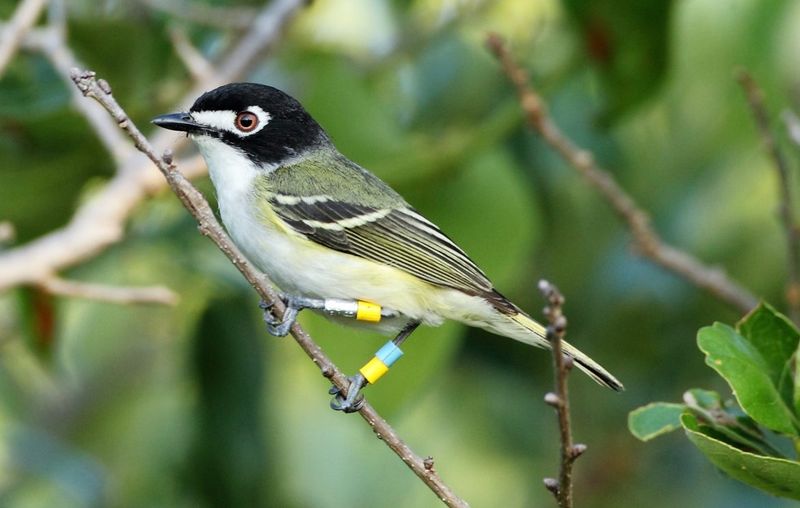
The Black-capped Vireo is a little bird with big needs. Its dependency on shrubby habitats makes it vulnerable to development.
As urbanization encroaches on its space, conservationists work to protect these crucial areas.
Their vibrant song and striking appearance make them a joy to spot, reminding us of nature’s intricate beauty.
8. Greater Sage-Grouse
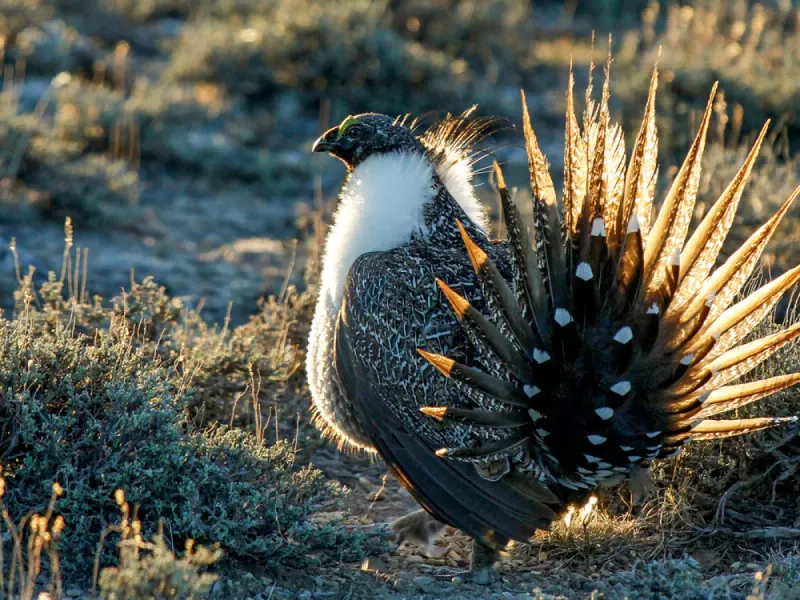
The Greater Sage-Grouse is no ordinary bird—it’s a showstopper! Known for its elaborate mating dance, this bird is a crucial part of the sagebrush ecosystem.
Their presence indicates a healthy environment, but threats to their habitat put them at risk. By protecting these areas, we safeguard not just the grouse but a whole web of wildlife.
9. Swainson’s Warbler
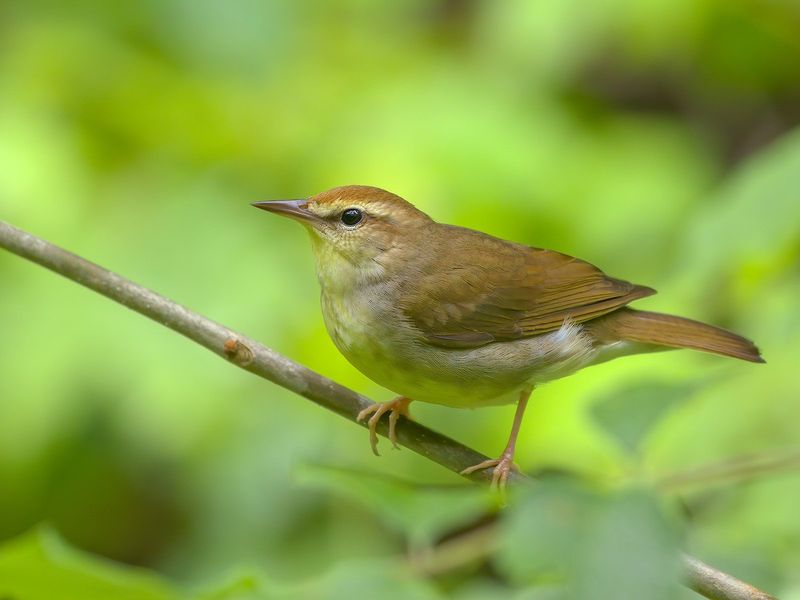
The Swainson’s Warbler might not be flashy, but its subtle charm is undeniable. This secretive bird relies on dense forests, often hiding among the shadows.
Logging and deforestation pose significant threats, pushing them further into the depths. By preserving these forests, we’re ensuring this mysterious warbler continues to enchant birdwatchers and naturalists alike.
10. Red-cockaded Woodpecker
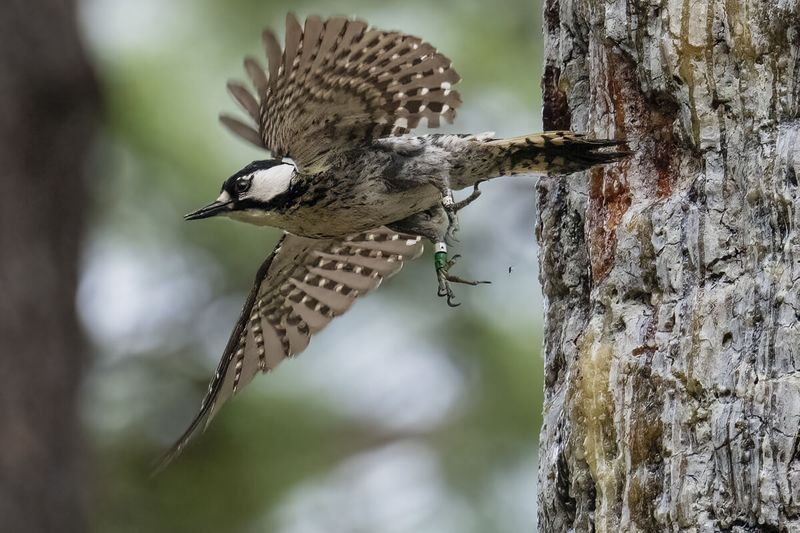
In the world of woodpeckers, the Red-cockaded stands out for its specialized needs. These birds depend on mature pine forests, which are becoming increasingly scarce.
Their unique nesting habits, creating cavities in living pines, make them a keystone species.
Protecting these habitats ensures not just their survival but also that of countless other species relying on the same ecosystem.
11. American Avocet
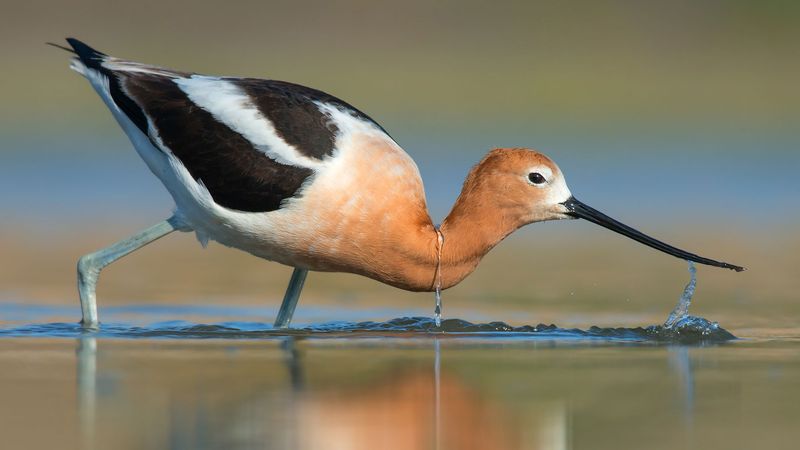
Long legs, an upturned bill, and a penchant for wetlands—meet the American Avocet. These graceful birds play an essential role in wetland ecosystems, contributing to biodiversity.
Wetlands are under threat from development, making conservation crucial.
Their striking appearance and feeding techniques offer a glimpse into the delicate balance of nature.
12. Wood Stork
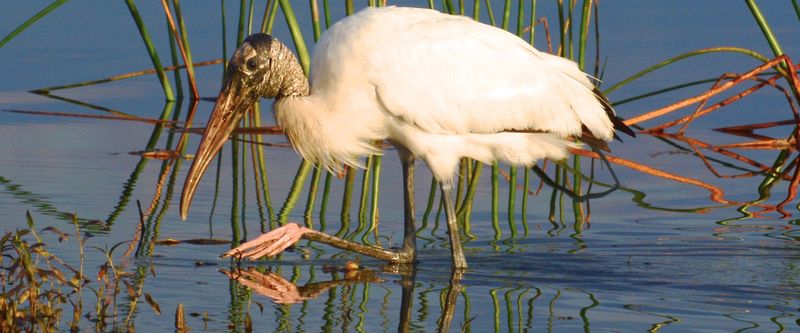
With their prehistoric look, Wood Storks are a sight to behold. These intriguing birds rely on healthy wetlands for life.
As wetlands face threats, so too does the stork’s future. Conservation is key to their survival. Their presence signals a thriving ecosystem, making preservation efforts all the more vital.
13. Yellow-billed Cuckoo
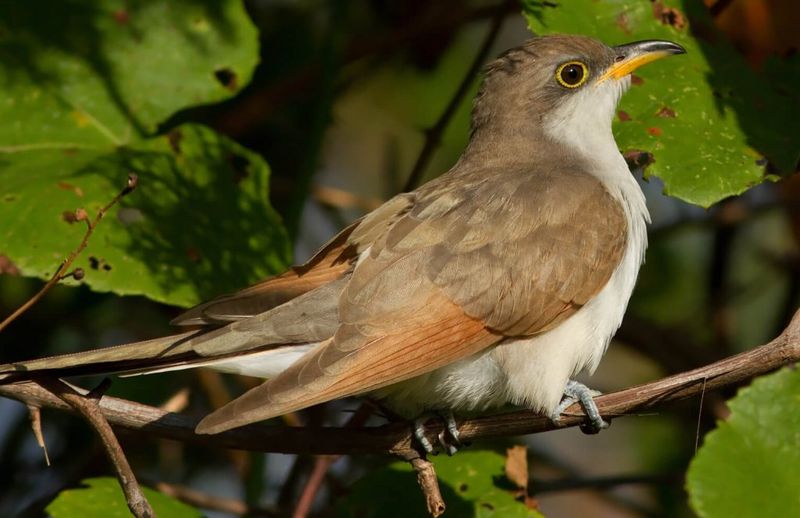
The Yellow-billed Cuckoo is a traveler of the bird world. Known for its long migrations, it depends on riparian habitats for sustenance.
These areas are dwindling, posing challenges for this bird’s journey. Protecting these habitats is essential for ensuring their migratory patterns remain uninterrupted.
14. Sandhill Crane
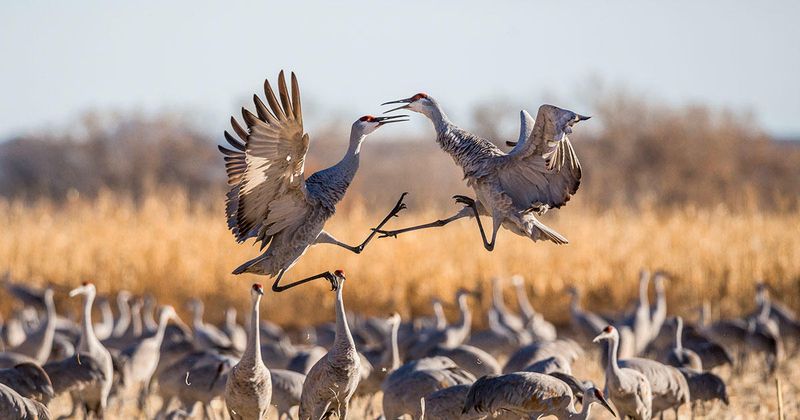
Sandhill Cranes are the dancers of the avian world. Their impressive migrations across North America are nothing short of spectacular.
Wetlands and grasslands are crucial for their journey. By safeguarding these areas, we not only protect these majestic birds but ensure future generations witness their courtship dances.
15. American Woodcock
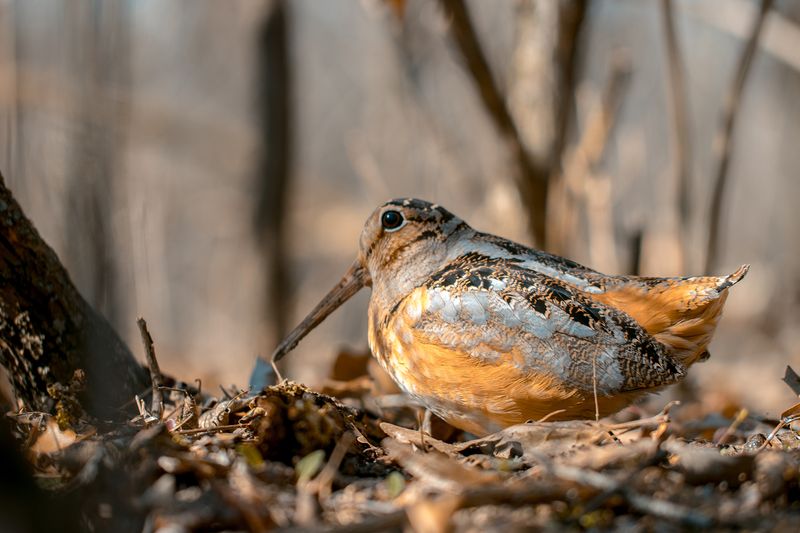
The American Woodcock is a master of disguise and dance. Known for its sky dance during mating season, it captivates audiences with its unusual moves.
Wetlands and forest edges are vital for its survival. Preserving these habitats ensures this fascinating dance continues to be a natural wonder.
16. Red-shouldered Hawk
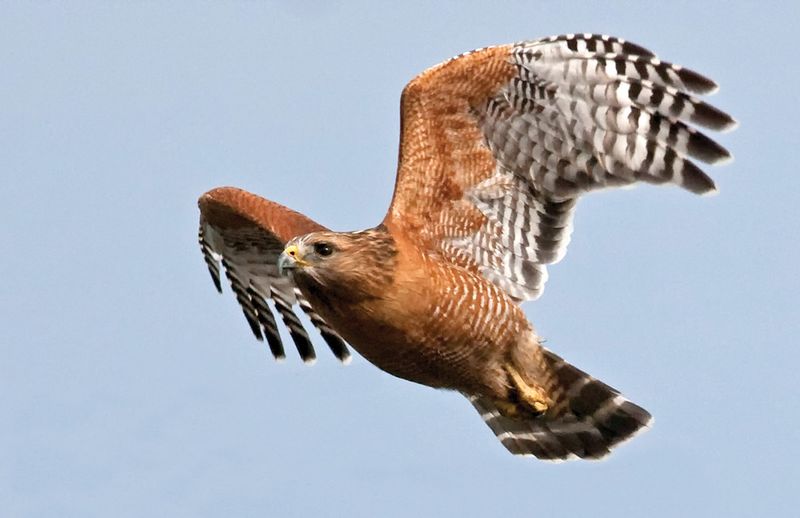
The Red-shouldered Hawk is a formidable presence in forest ecosystems. With its piercing eyes and striking plumage, it rules the treetops.
Mature woodlands are essential for their hunting and nesting. By protecting these forests, we maintain the delicate balance of predator and prey.
17. Mountain Bluebird
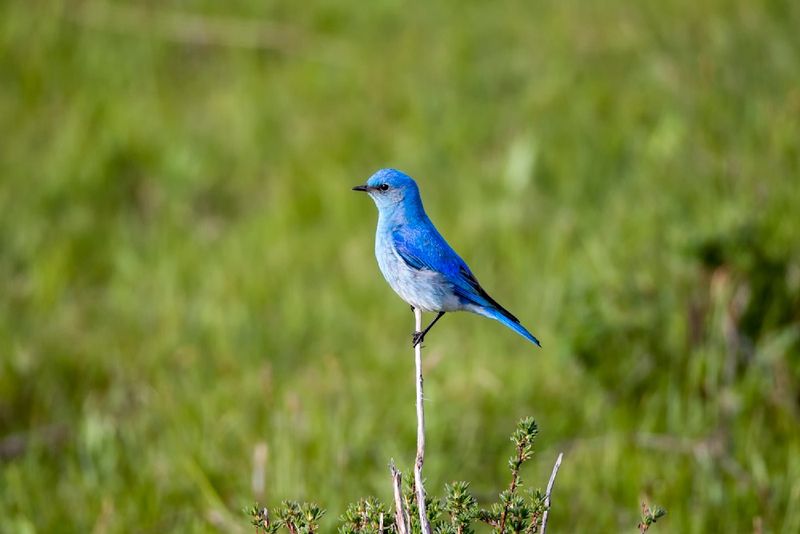
The Mountain Bluebird is a splash of color in open, wooded areas. Its vivid blue plumage is a sight to behold against the horizon.
Preserving these landscapes is key for maintaining their populations. Their joyful presence reminds us of the beauty in nature’s palette.
18. Western Meadowlark
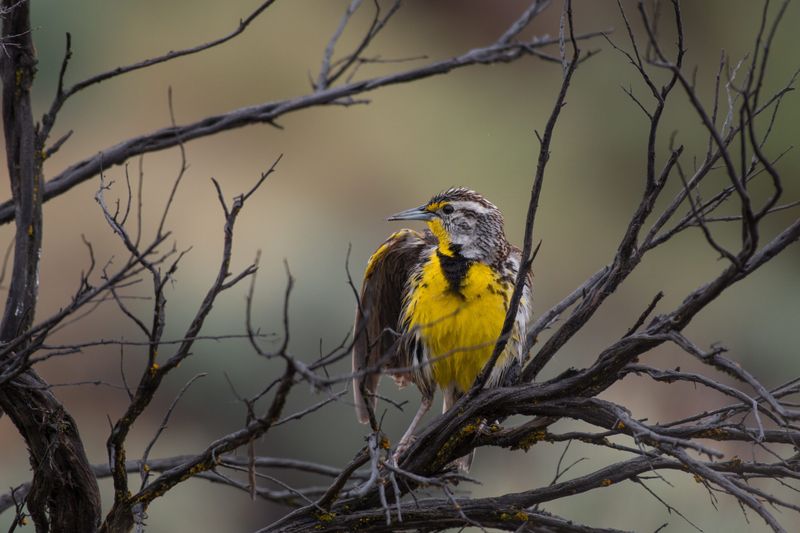
With a song that heralds the open prairies, the Western Meadowlark is nature’s troubadour. This bird plays a vital role in grassland ecosystems.
Preserving these grasslands is crucial for their survival. Their melodic tunes bring life to the prairies, a reminder of untouched beauty.

